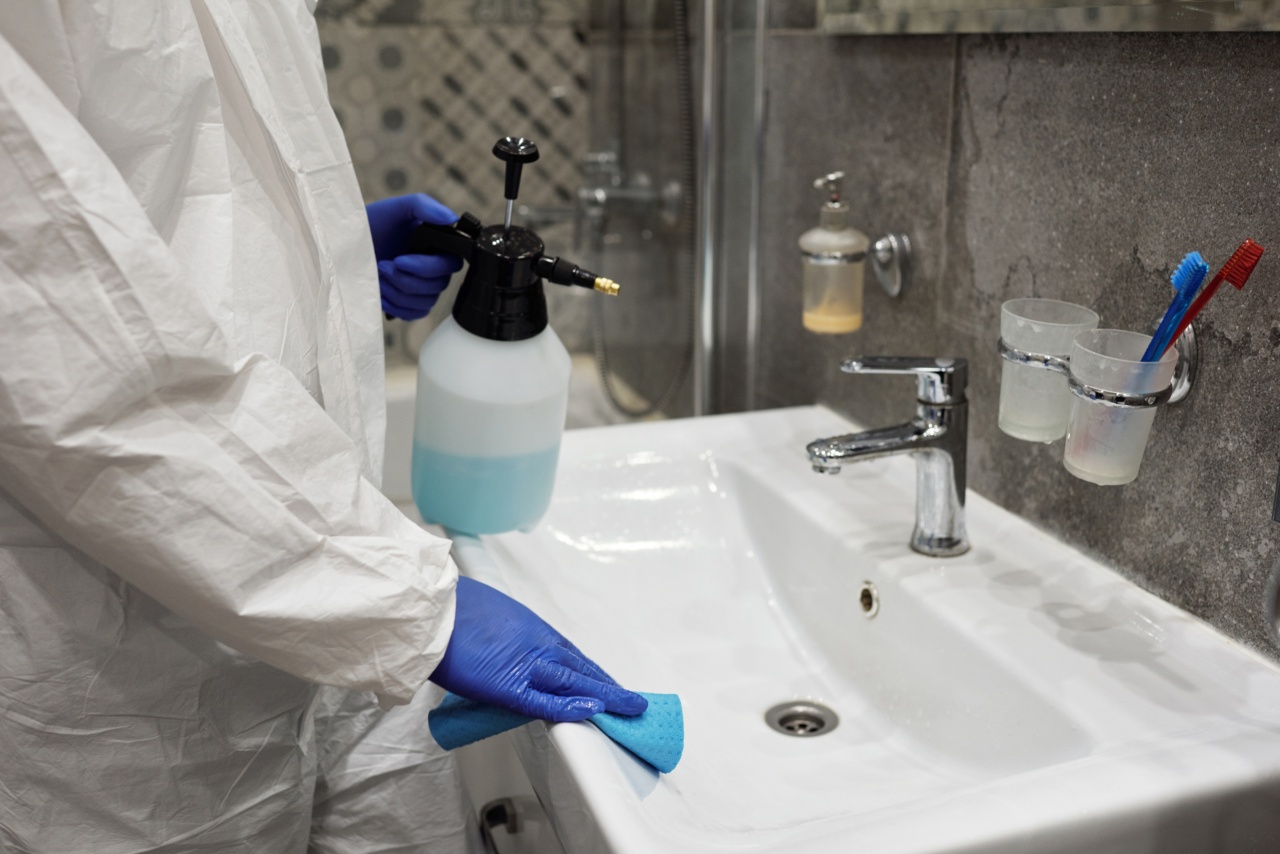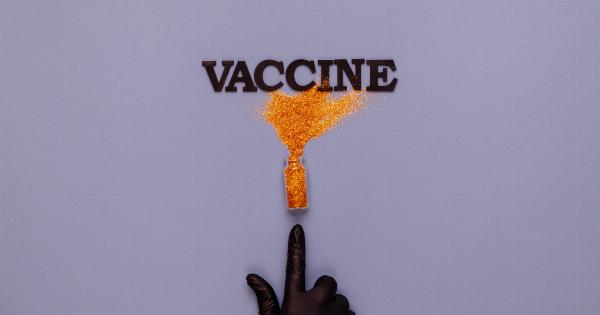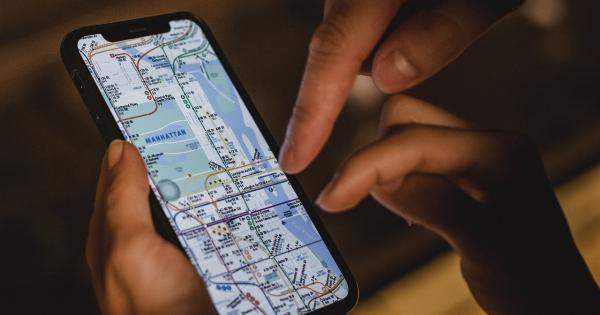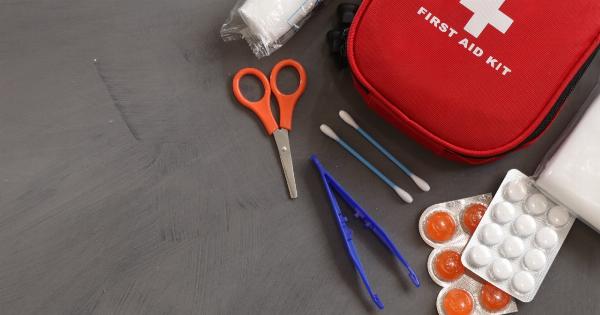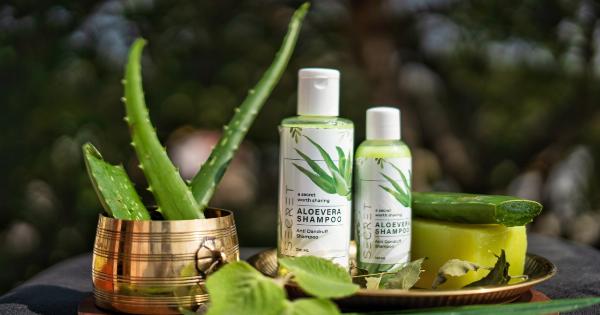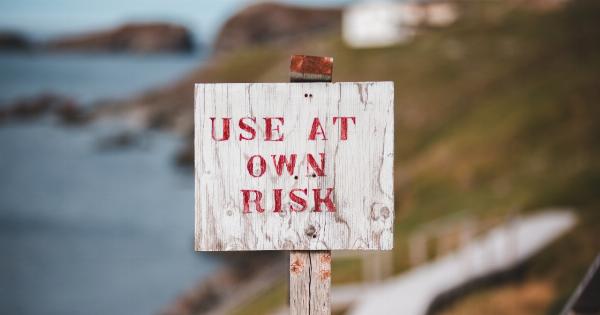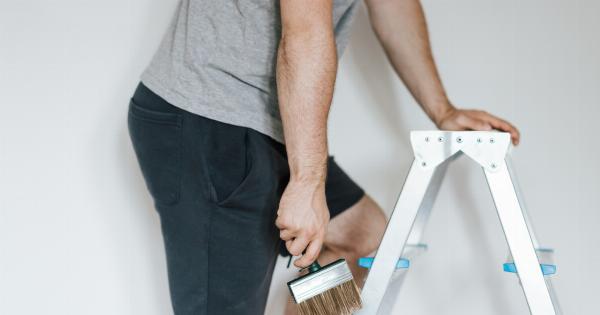Keeping bottles clean and sanitized is crucial not just for infants but also for adults. Bottles come into contact with many germs and bacteria that need to be eliminated to keep you healthy.
Sanitizing bottles frequently is necessary to kill bacteria and ensure proper hygiene. In this article, we will discuss step-by-step guidance on how to sanitize bottles efficiently.
Why is Sanitizing Bottles Necessary?
Sanitizing bottles is necessary to kill the germs and bacteria that could harm you. Babies are more susceptible to infections if the bottles are not sanitized properly. Germs and bacteria can grow quickly in milk or leftover formula.
The warmth of milk or formula is a breeding ground for bacteria to grow. Sanitizing bottles not only help to keep babies safe but also help prevent adults from getting sick.
Sanitizing vs. Cleaning
Before we delve into the step-by-step guide, it’s essential to understand the difference between cleaning and sanitizing.
Cleaning refers to removing dirt, dust, and other visible substances, whereas sanitizing refers to eliminating bacteria, viruses, and other harmful microorganisms.
Cleaning and sanitizing are both equally important to ensure the cleanliness of your bottles. If you don’t sanitize your bottles, you risk exposing your child to harmful bacteria and germs.
Step-by-Step Guide for Sanitizing Bottles
Here are the step-by-step guidance for sanitizing bottles efficiently:.
Step 1: Wash your hands
The first step to any sanitizing process is to ensure that you are washing your hands with soap and clean water. This reduces the likelihood of transferring germs to the bottles.
Ensure to clean your hands thoroughly, including in between your fingers and under your nails.
Step 2: Disassemble the bottles
Before sanitizing the bottles, ensure to disassemble each bottle part, including the nipple, collar, and cap. Disassembling the bottles makes it easier to clean each part correctly.
Step 3: Rinse the bottles
Rinse the bottles and its parts under running water to remove any visible milk or formula from the bottles.
Step 4: Clean the bottles and its parts
Clean the bottles and its parts with warm, soapy water using a soft-bristled brush. Ensure you clean every part carefully, specifically the nipple, where bacteria usually grow.
Step 5: Rinse the bottles and its parts
Rinse the bottles and its parts under running water to remove any soap residue.
Step 6: Sanitize the bottles and its parts
There are different ways to sanitize bottles and its parts:.
Boiling Method
Fill a pot with water and bring it to a boil. Submerge the bottles and its parts in the boiling water and let it boil for five minutes. Use a pair of tongs to remove the bottles and its parts and let them dry on a clean towel.
Steam Method
Use an electric steam sterilizer, place the bottles and its parts inside the sterilizer, and follow the manufacturer’s instructions to set up the sterilization cycle.
Once the sterilization cycle is complete, remove the bottles and its parts and let it dry on a clean towel.
Chemical Method
You can use chemical sanitizers that are available in the market to sanitize your baby’s bottles. Follow the instructions on the package to ensure proper dilution, preparation, and contact time.
Step 7: Store the bottles and its parts
Once the bottles and its parts have been sanitized, store them in a clean and dry place until you’re ready to use them.
When Should You Sanitize the Bottles?
You should sanitize bottles immediately before first use and then every day after. It’s essential to continue sanitizing bottles until your baby is at least a year old when they have a more robust immune system to fight off bacteria.
Conclusion
Sanitizing bottles is a crucial part of ensuring the safety and hygiene of your baby and yourself. It’s essential to follow each step in the sanitization process to effectively kill the germs and bacteria.
By following the guidance in this article, you can be confident that your baby’s bottles are clean and free of harmful bacteria.
